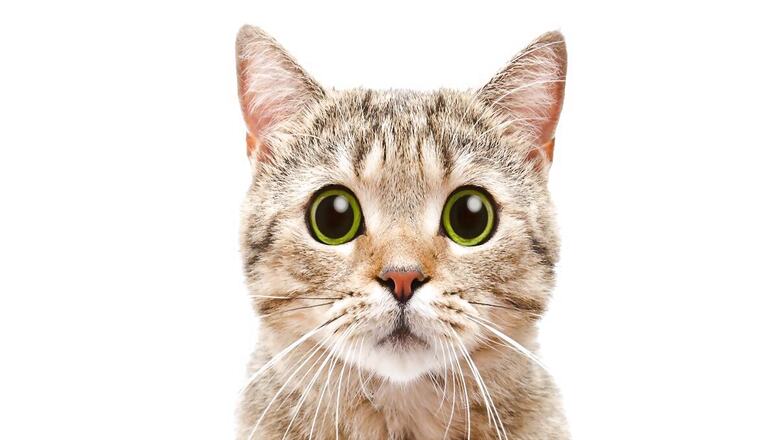
views
Cats are cherished companions in millions of households around the world. Cats are also relatively low-maintenance pets, making them an ideal choice for busy people. We all love our feline beings. However, there is less literature on how to take care of our feline friends as our canine friends take precedence most of the times.
We have compiled some simple tips that will ensure the well-being of your furry friends, with the help of Roshen Varghese, National Category Manager, Drools Pet Food Private Limited.
Diet & Thirst
Cats have specific dietary needs. As obligate carnivores, their diet should primarily consist of animal-based protein with some fat and carbohydrates. When selecting cat food, prioritize high-quality options that feature meat as the main ingredient. Introduce them to high-quality packet food right from the kitten stage and ensure they receive the required essential nutrients for optimal health. Finding the right balance between the two types of food can contribute to your cat’s overall nutrition and well-being. Offering a mix of high-quality dry and wet cat food can provide a well-rounded diet. Wet food has a higher moisture content, aiding in hydration—a key concern for cats, as they often have a low thirst drive. Dry kibble can be beneficial for dental health and chewing exercise. Obesity is another growing concern among cats, overfeeding can lead to weight gain and related health issues. Depending on the weather and their activity level cats often don’t drink enough water, which can lead to dehydration. Provide clean and fresh water in easily accessible locations. Consider using a cat water fountain to pique their interest and encourage hydration.
- Cats EnvironmentCats are naturally curious and playful creatures that need mental and physical stimulation. Some cats may need more space than others, while others may prefer a quieter environment. To keep them active and stimulated, it is important to experiment with different toys, scratchers, etc.
- Brush dailyRegular grooming helps maintain your cat’s coat. Brush your cat’s fur as it helps them in reducing hairballs which could develop in the digestive tract and helps in prevent mats and tangles. Use right cat shampoos etc. while giving them a spa/bath.
- Safe SpaceThe area where you keep your litter box should be safe and clean. Cats can be picky about their litter. Some prefer certain textures or materials. If you’re changing litters, do so gradually by mixing the new litter with the old to help your cat adjust. Regular cleaning and maintenance of the litter box is essential. Scoop out waste daily and replace the litter according to the manufacturer’s recommendations. If your cat has allergies or sensitivities, choose a litter that’s gentle on their paws and doesn’t exacerbate any health issues.
- Bonkers on no. of Cats / Cat CrazyWhile the prospect of a house full of cats may sound idyllic, the reality can be more complex. Ensure to limit the no. of cats ideally 2 as each of them are different in terms of behavioural patterns & preferences. It can become tedious on the pet parent to take care of all of them equally.
- Vet visit / Cat friendly vet – cat vaccinations / flea & tick preventive measuresCats are wonderful pets, but they require proper care to stay healthy. Routine visits to the veterinarian are crucial for preventive care and early detection of any health issues. Your veterinarian will create a vaccination schedule based on your cat’s age, health status, and risk factors. Vaccinations play a crucial role in preventing serious and sometimes life-threatening diseases in cats. Some of the most important vaccinations for cats are Rabies, Feline distemper, Panleukopenia: Calicivirus.
Fleas and ticks can cause discomfort and transmit diseases to your cat. Effective prevention measures include:
- Topical or Oral Treatments: These medications prevent and treat infestations. They usually need to be administered monthly.
- Collars: Flea and tick collars release chemicals that repel and kill parasites.
- Environmental Control: Regularly clean your home and your cat’s resting areas to minimize the presence of fleas and ticks.
Spay/Neuter Cat – Spaying and neutering are surgical procedures performed on cats to prevent reproduction, control the cat population, and reduce euthanasia rates due to overpopulation. However, they offer benefits beyond population control. Spaying prevents females from experiencing uncomfortable heat cycles, benefiting both the cat and the owner. Neutering males can ease territorial behaviors and aggression, promoting a harmonious home. Consult your vet about the optimal time for these procedures; generally, it’s recommended before sexual maturity, around 6 months of age.


















Comments
0 comment